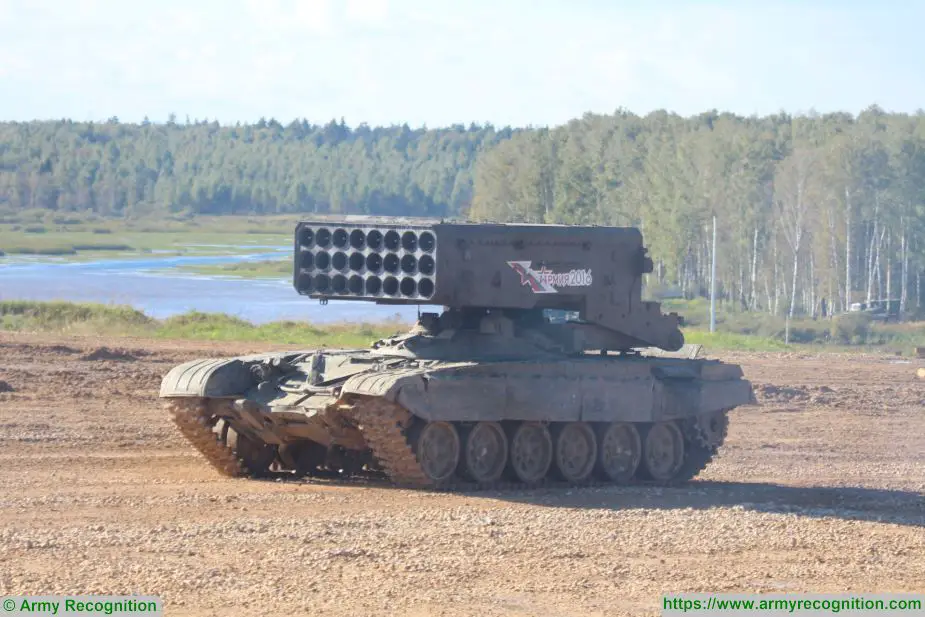Tosin amerikkalaisfirmaa ei välttämättä nappaa kustannustehokkaan massaraketin kehittäminen, sikäli kuin se heikentää paremman katteen tuotteiden myyntiä. Eikä Suomen PV:lla ole varaa laittaa 50 milliä kehitystyöhön...
Ihan toisenlaista on tekeilla, ja tassa vaiheessa "vaan ihan itelle":
Ja hyva kun niita ao. kuvassa olevia ei ostettu, kun ovat "ihan vanhanaikaisia"
The new long-range tactical missile should be able to function in all operating environments, and be compatible with MLRS launchers "to the greatest extent possible," Army officials say.
At this stage, Army researchers are trying to advance the state of the art in tactical missile inertial navigation; multi-mode seekers; high-temperature seeker dome materials; signature reduction; warheads; digital data links; propulsion; and attitude control. Army experts are asking industry for proposals on new and innovative technologies that focus on one or more of these technical areas.
Inertial navigation involves highly accurate, low cost inertial sensors that enable precision long-range navigation
in environments where reception of Global Position System (GPS) satellite navigation signals are degraded or denied.
Multi-mode seekers involve active and passive seekers that enable target detection, acquisition, tracking, discrimination, and aim-point selection in GPS-degraded or -denied environments.
High-temperature seeker-friendly dome materials should be able to withstand the temperature extremes of extended-range, high-velocity flight profiles, while making the most of radar, infrared sensors, or other kinds of seekers.
Signature-reduction technology involves making these new munitions stealthy and difficult to detect by radar, infrared sensors, or other kinds of target-detection systems.
Warhead technology involves kinetic and non-kinetic ways to enhance lethality with relatively small size, weight, and power consumption (SWaP). Propulsion technology, meanwhile, involves enhanced performance in hybrid, gel, liquid, or air-breathing solid rocket motors for long-range missions.
Digital datalink technology involves communications for integrating smart munitions in a secure battlefield network for synchronizing weapon aim points and arrival times.
Attitude-control

technology, finally, involves advanced divert thrusters, canards, fins, and jet vanes for improved weapon maneuverability and reduced SWaP).
After these enabling technologies are developed, Army researchers would like to test them together in a sub-scale or full-scale flight test. All technologies developed in this program will be subject to International Traffic in Arms Regulations (ITAR) regulations, and
the project is not open to foreign participation at any level.


 technology, finally, involves advanced divert thrusters, canards, fins, and jet vanes for improved weapon maneuverability and reduced SWaP).
technology, finally, involves advanced divert thrusters, canards, fins, and jet vanes for improved weapon maneuverability and reduced SWaP).